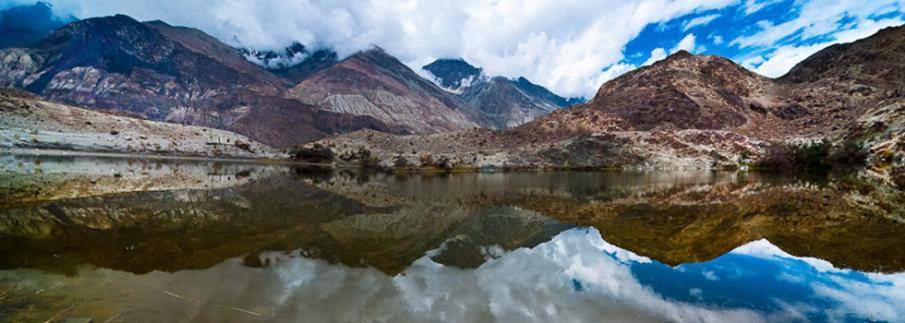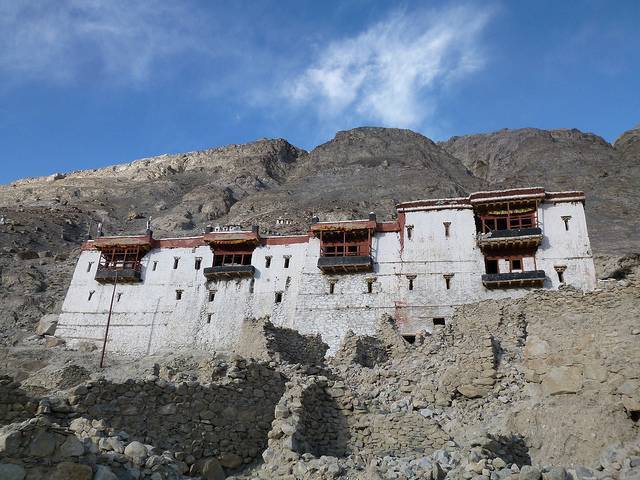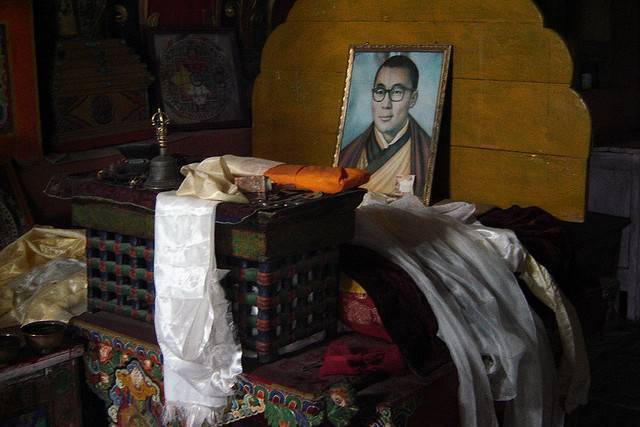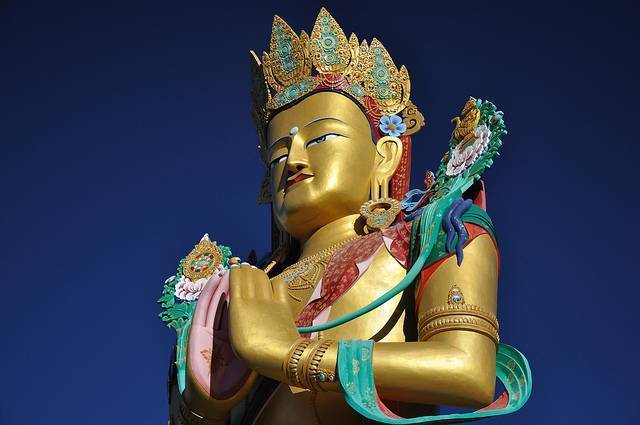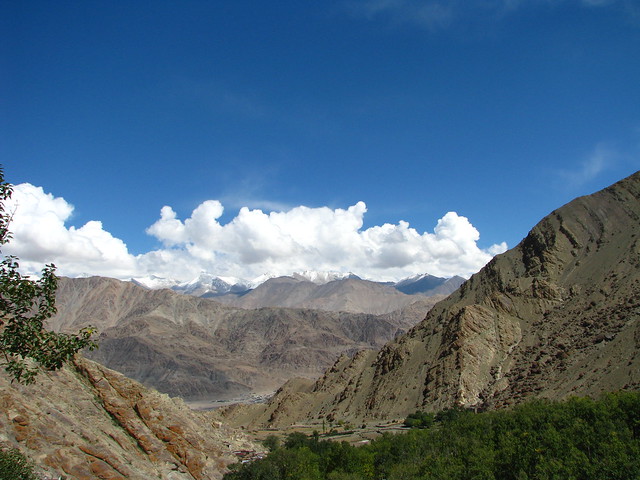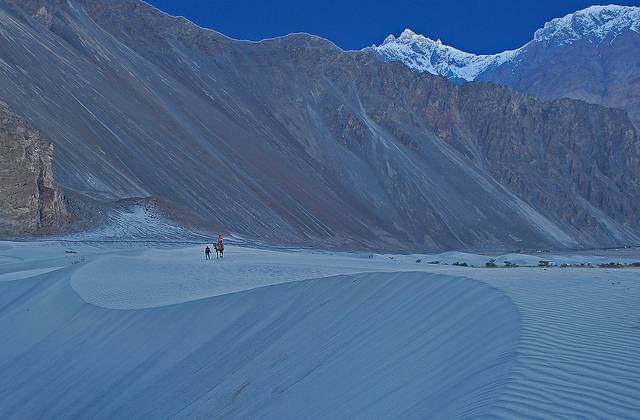About Panamik
Near the Siachen glacier about 150 km north of Leh, Panamik in the Nubra valley is the last civilian settlement before the Siachen base camp and the northern-most part of India where foreigners are allowed.
Panamik is known for its hot water spring, which is believed to have curative properties. The spring water contains high amount of sulphur, which is supposed to cure rheumatism and other ailments. It’s not big enough spring in which you can immerse yourself. Although bathing facilities are present but they lack hygiene. If you are running short of time then this can be given a miss. Panamik is also home to the Bacterian camels and Pashmina goats.
Native to the steppes of central Asia, the Bacterian camels have two humps as opposed to the single-humped camels found in Rajastan and other parts of India. These camels were an important mode of transport when Ladakh was a vital stop over on the ancient trade routes with Central Asia. The Pashmina goats are the source of the very famous Pashmina wool. Panamik is also the base for the trek to Ensa Gompa. Built 250 years ago, the Ensa Gompa is famous for the age old Buddhist murals and scriptures.
Panamik is also the ideal place to buy authentic Kashmiri carpets, Pashmina shawls, and other woollen goods. Horticultural products like apricots, apples, walnuts and almonds are also available. Tourists can buy souvenirs from the local shops which have Kashmiri and Tibetan artefacts. Situated on the banks of River Nubra, Panamik is a sight to behold with its scenic beauty.
Inner line Permit (ILP) is required by both Indian and foreign tourists to visit Panamik.
Location & Places to Visit on Panamik Map
View destinations and attractions nearby Panamik, on an interactive map.
Freedom to make your own trip!
What you want, when you want and how you want.



